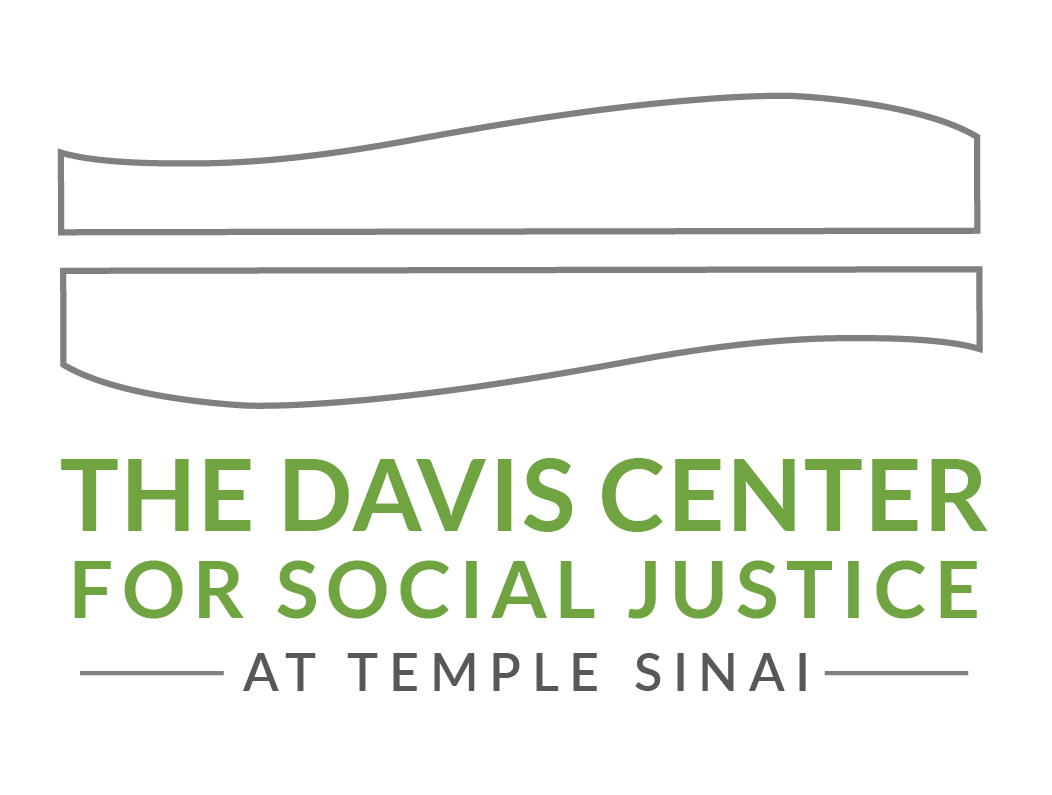by Steve Klitzman and Sally Greenberg, Chair & Vice Chair, Temple Sinai Gun Violence Prevention Group
June 23-30, 2022 brought both good and bad news for the gun safety/gun violence prevention community. It also brought some “encouraging” Supreme Court language in a major High Court opinion.
The Good News
On June 23, 2022, the Senate passed by a 65-33 vote with 15 GOP votes the “Bipartisan Safer Communities Act.” The House followed suit by passing the same bill on June 24, 2022, by 234-193 with 14 GOP votes. President Biden signed the bill into law on June 25, 2022. This is the first major federal gun safety bill to become law in over 30 years, and though it falls far short of what gun safety advocates wanted, it’s a start.
The bill includes $250 million to fund evidence-based, effective “community violence intervention” programs, the subject of our successful June 16, 2022 Webinar.
The Bad News
The Supreme Court on June 23, 2022, struck down a New York handgun-licensing law that required New Yorkers who want to carry a handgun in public to show a special need to defend themselves. New York State Rifle & Pistol Association v,. Breun, written by Justice Clarence Thomas, is the court’s first significant decision on gun rights in over a decade. In a far-reaching ruling, the court made clear that the Second Amendment’s guarantee of the right “to keep and bear arms” protects a broad right to carry a handgun outside the home for self-defense. Going forward, Thomas explained, courts should uphold gun restrictions only if there is a “tradition” of such regulation in U.S. history.
The state law at the heart of Breun required anyone who wants to carry a concealed handgun outside the home to show “proper cause” for the license. New York courts interpreted that phrase to require applicants to show more than a general desire to protect themselves or their property. Instead, applicants had to demonstrate a special need for self-defense – for example, a pattern of physical threats. Several other states, including California, Hawaii, Maryland, Massachusetts, and New Jersey, have such laws in place, as do many cities. Id.
Encouraging Language
But even here, Justice Kavanaugh’s concurring opinion which Chief Justice Roberts joined offers some encouraging language:
The ruling will not bar states from imposing any licensing requirements, Kavanaugh contended. There are 43 states, he noted, that use licensing schemes that include requirements such as background checks, firearms training, a check of mental health records, and fingerprinting. Such schemes are objective, Kavanaugh explained, rather than granting “open-ended discretion to licensing officials” and requiring “a showing of some special need apart from self-defense.” Id.
Indeed, he continued, the Second Amendment “allows a ‘variety’ of gun regulations,” citing dicta in Scalia’s 2008 5-4 decision in DC v. Heller.
In addition, within days of the Bruen decision, both New York and Delaware passed major GVP bills that will help save lives. Breun makes clear the tide towards GVP reform may not be turning yet in the Supreme Court, but at least it’s bending in that direction in some states.
Hopeful Words for the Future of GVP Reforms
As Parkland shooting survivor and activist David Hogg reminded us in his March4OurLives rally speech in Washington recently, gun laws work! There are over 150 of them enacted in the last few years in states around the country and one of them was used to stop a man threatening Hogg’s mother with gun violence.
Reflect also on this quote from Robert Reich, former Secretary of Labor under Bill Clinton and a professor at UC Berkeley: “If at any time you feel helpless or despairing, remember struggle is long, progress is often hard to see in the short term, for every step forward regressive forces are determined to push us backwards. Also remind yourself the fight for democracy, social justice [including GVP], and a sustainable planet are necessary and noble, the stakes could not be greater or more important, and we will – we must – win.”
